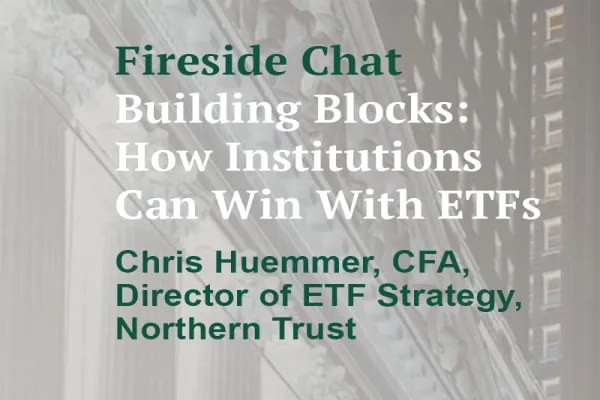Things have been unexpectedly gloomy for private equity exits this year, despite earlier hopes for a resurgence in the first half. But there are signs of optimism creeping back in.
The trillions of dollars in unsold assets held by private equity firms have cast a shadow over the industry, but a new survey by Churchill Asset Management found that respondents expect dealmaking, exits, and stronger performance to return by early 2026. Some indicators already point to an uptick in activity.
Randy Schwimmer, who leads Churchill’s Investor Solutions Group, said the estimated $3 trillion in PE-backed companies awaiting exits globally — largely due to high interest rates — is growing and must be addressed soon. But he sees hope on the horizon: The number of deals Churchill reviewed in the second quarter is up 35 percent from the first, which was already a sharp increase from the last quarter of 2024. That’s especially notable given how volatile the markets were during this time, thanks to tariff announcements.
“This month, we’re getting deal flow that’s about 52 percent ahead of June last year. We’ve seen a significant uptick in the number of books we’re receiving,” he said. “That’s a very positive sign. If it continues, it could indicate that — at least among middle-market sponsors — there’s growing confidence that the U.S. economy is in a low-growth, low-recession-risk environment, and that interest rates may be coming down, based on Fed signals.”
That combination bodes well for financing and growth in the middle market — and could start to reduce the backlog of deals.
Of the 164 senior leaders from Churchill’s private equity relationships surveyed, over half expect M&A activity to return to normal by the first half of 2026.
About 25 percent expect recovery to begin in the second half of this year. Just under half anticipate one to two exits during that period, as firms continue to prioritize high-quality transactions.
Schwimmer said that nearly two months after "Liberation Day," it appears the ice is finally breaking on the frozen deal and fundraising markets. But this shift applies primarily to the middle market, which operates differently from large-cap, macro-driven deals, and tends to focus more narrowly on specific sectors.
Firms that are built to invest in niche sectors where they see value and have deep expertise may have a competitive edge right now, he added. For example, business services tend to be more resilient through economic cycles than consumer-facing or manufacturing companies. The Covid pandemic and the recent high-rate environment have only amplified that dynamic.
More specialized sectors — like food, accounting, process outsourcing, and even esoteric categories like pest control — have also proven particularly resilient.
“There are segments of the U.S. economy where small ‘mom and pop’ businesses start locally and grow gradually — until they run out of capital or hit a wall,” Schwimmer said. “That’s where private equity can step in and take them to the next level. They look for companies like pest control firms, which have low capex and labor costs but are all-weather, all-cycle kinds of businesses.”
“It doesn’t matter if the economy is up or down — there are still ants in your attic or termites in your basement.”
In short, middle-market PE sponsors may be operating on a very different cycle than their large-cap peers.
The data also suggests growing interest in continuation vehicles — especially for companies that continue to perform well and operate in resilient sectors. In those cases, firms may be reluctant to sell and instead hold on to their winners.
As a result, nearly 80 percent of respondents said that if the M&A environment improves and interest rates decline as expected, they would still be likely to use a continuation fund. In fact, some indicated they would be more inclined to do so.







